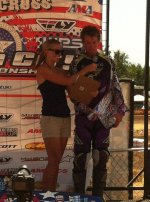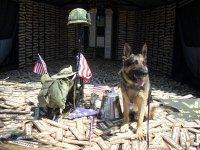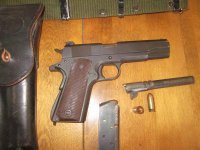Here's what a bad day at the office looks like at Folsom:
Most of these convicts had weapons
I referred to these as "Shit" days. A day that just made you say "Shit"!
I would tell my wife it was another 'shit' day today.
http://www.ebaumsworld.com/video/watch/968143/
doublejj
P.S. There are a lot of shit days at Folsom.
Heya Dubs,
That video got me curious so I went on youtube and they got a documentary on there where they spotlight that riot in 2002, among other things. They said the Captain that was on watch during that riot committed suicide 9 months later. I guess a couple of the bulls got seriously injured and the implication is that he felt somehow responsible.
I've never been to prison, but it strikes me as a place where the law of the jungle takes over. The idea that you can wake up one day and wind up dead because you were looking at someone wrong, or you showed some sort of disrespect/weakness is crazy.
Even if you'd never snitched in your life, you could wrongly be fingered as a snitch and there's your a death sentence right there. I know there's rules in prison, but it still seems chaotic as fuck despite all the structure.
HB.













